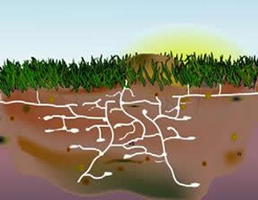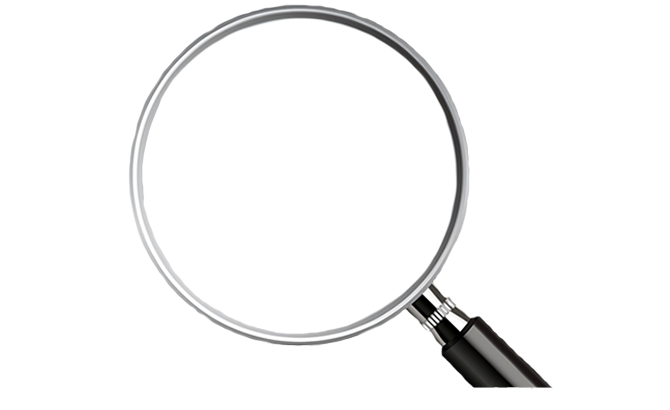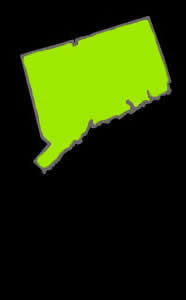What do termites in CT feed on?
 What do termites in CT feed on? Subterranean termites eat wood and other materials that contain cellulose. In the forest termites are primary decomposers. Termites feed on dead trees, fallen limbs, and stumps. Termites are able to return nutrients from the cellulosic materials to the soil and atmosphere. Termites help clear the way for new growth, and recycle the nutrients within the old trees.
What do termites in CT feed on? Subterranean termites eat wood and other materials that contain cellulose. In the forest termites are primary decomposers. Termites feed on dead trees, fallen limbs, and stumps. Termites are able to return nutrients from the cellulosic materials to the soil and atmosphere. Termites help clear the way for new growth, and recycle the nutrients within the old trees.
Termites are highly social insects that live together as a colony. Colonies start when winged reproductive, leave the nest in what is called swarming. Swarming takes place in CT in spring to early summer, on warm days following a rain. Worker termites sense the environment for the right conditions and when the time is right, the swarm leaves the nest.
Male and female reproductive termites, leave the nest and pair up. Once paired the wings are shed, and the royal couple finds a suitable place in or near a food sourcev(bark mulch, stumps, wood piles, etc…). As the colony grows, a nest is made below the surface of the soil. A subterranean termite nest is like a big ball of hardened soil, made from a mixture of soil, termite feces, and saliva. Foraging tunnels extend out in all directions from the nest.
Termites in CT forage just below the surface of the soil, locating food through contact and other cellulose soarces. Certain fungi and molds in decaying wood create chemicals that attract termite workers. As workers forage, they are able to use the earth’s magnetic field to navigate around the colony, they also have a strong sense of gravity.
Sometimes workers within a structural piece of wood, such as a beam, will create working tunnels that extend straight down to the soil from above called suspended or drop tubes. Drop tubes form a more direct route back to the colony to speed up feeding, and are quite astonishing to view.
Eastern subterranean termite colonies in Connecticut require about 1 cubic foot of wood per year, or more, depending on the size of the colony. Although many food sources contribute to this, if the termites are solely feeding on a structure, damage can become quite severe over time. Because of termites cryptic lifestyle they often go unnoticed until damage or a swarm is noted.
Typical indications of termite activity in CT, within a structure include:
- Swarming events
- The presence of mud tunnels or tubes coming up the exterior or interior foundation walls
- Visible swarm slits in wood members
- Soil where it shouldn’t be
If you think that termites are attacking your house, call a Pest Control Professional as soon as possible!
Call us today 888-558-1574.


